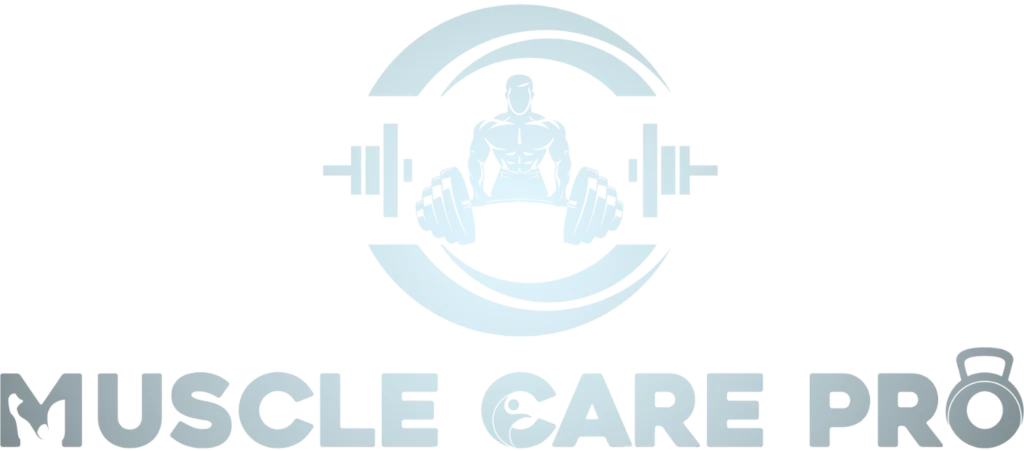what muscle does bench press work
The bench press is an exercise that belongs to the compound category, as it focuses on the pectoralis major (chest) area, with substantial contributions from the triceps brachii (the back of the arms) and anterior deltoid (the front shoulder) muscles too. These muscles are engaged to elevate the weight, while the serratus anterior serves to keep the shoulder blades in place, and the core muscles, including the abdominal and lower back muscles, play a role in keeping the body stable on the bench.
Moreover, various modifications such as the incline and decline versions of the bench press target particular sections of the upper body, predominantly the chest, further improving the upper body workout regime. The bench press is one of the popular exercises practiced by many in weight training. It works out the chest, arm, and shoulder muscles. This particular exercise is beneficial for building the strength of the upper body. It can also help to know which muscles are involved to train better.
The main muscle targeted by the bench press
The primary muscle worked while performing a bench press is the pectoralis major. This large muscle located in the chest is very important during an exertive pushing movement. Whenever weight is pushed upward, the pectoralis major is fully utilized.
The bench press not only works the pectoralis major specifically but also engages the triceps as well as the shoulders. The triceps aid in the elbow extension while lifting the weight, whereas the anterior deltoids help during the pressing action. These muscles work in coordination to enhance the strength of the upper body.
Primary Muscles Activated
The adversary cavity horizontal bar bench press primarily engages the pectoralis major, triceps, and anterior deltoid motor muscles. This major pecs muscle serves as the dominant muscle during this chest pressing action. The triceps muscles are responsible for straightening the elbows, thus giving the power to elevate the load.
Located at the front of the shoulders are anterior deltoids, which also contribute considerably to the exercise. They help stabilize the lift by aiding in the upward motion of the barbell. All these muscles combine to get together for enhancement of upper torso strength.
Secondary Muscles Activated
Several additional muscles are recruited to assist the motion performed in the bench press. The serratus anterior acts to hold the shoulder blades in position throughout the lift. This muscle plays an important role in the overall position and movement of the shoulder.
The biceps brachii, on the other hand, aids in the exercise by helping to stabilize the arms too. The core muscles that comprise the abdominal and lower back regions are also turned on to help work towards stability on the bench. These supplementary muscles help in enhancing performance and preventing injuries.
Different Variations of the Bench Press
Incline Bench Press
Bench press done in an incline position. Here the bench angle is 30 to 45 degrees. The bench press done in this position aims at the muscle group of the upper chest and the shoulders more as compared to the flat bench press.
Decline Bench Press
Contrary to the incline bench press, and focusing more… where again the bench would be lowered to target this specific area – the lower part of the chest.
Close-Grip Bench Press
This version enhances over development of the triceps as the arms are made to work in a narrower grip position.
Dumbbell Bench Press
Usually gives the barbell press more motion and more core muscles because of its more dynamic movements.
Smith Machine Bench Press
This machine consists of a barbell that runs up and down along two vertical steel guides and is particularly useful in teaching the bench press to novices or when performing the exercise with heavy weights.
Tips for Maximizing Muscle Activation
To maximize muscle activation while performing the bench press, it is crucial to follow the right technique. Maintain a flat foot stance and press your back into the bench. Always, use a complete motion where the bar is brought to the chest and the bar is pushed back fully. Change the width of the grip to recruit different muscles in the chest and the arms. Lastly, implement some pauses at the bottom of the lift to work on overcoming isometric tension and strength.
Conclusion
Developing the upper torso is by far one of the key fitness goals that people tend to ignore. A bench press is an exercise that every individual should incorporate into their gym workouts. This activity works mainly on the pectoralis major and also involves contraction of the triceps and anterior deltoid muscles as supporting strengthening muscles. Furthermore, such muscles are important since they would help in maximizing performance in training or rather improving the quality of one’s training.
However, it is important to include many forms and variations of this exercise as well to achieve the desired muscle activation. This Gibson exercise adds strength to the chest area; however, it also involves other muscles to maintain an equilibrium posture. Thus, the focus on the bench press helps to improve the strength training regime towards the attainment of the physiques most aspired to.











